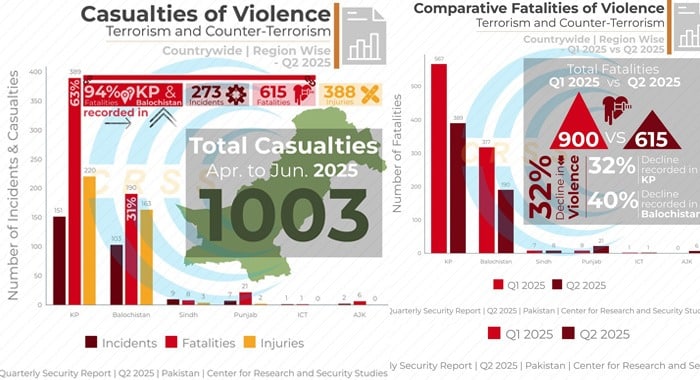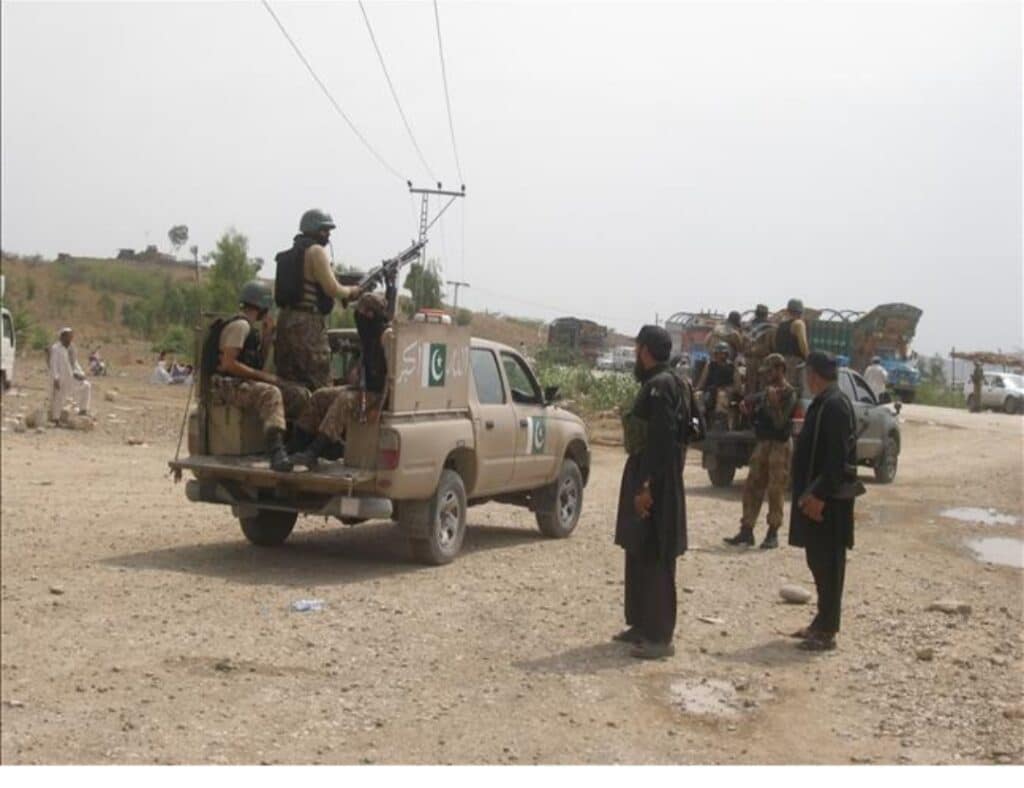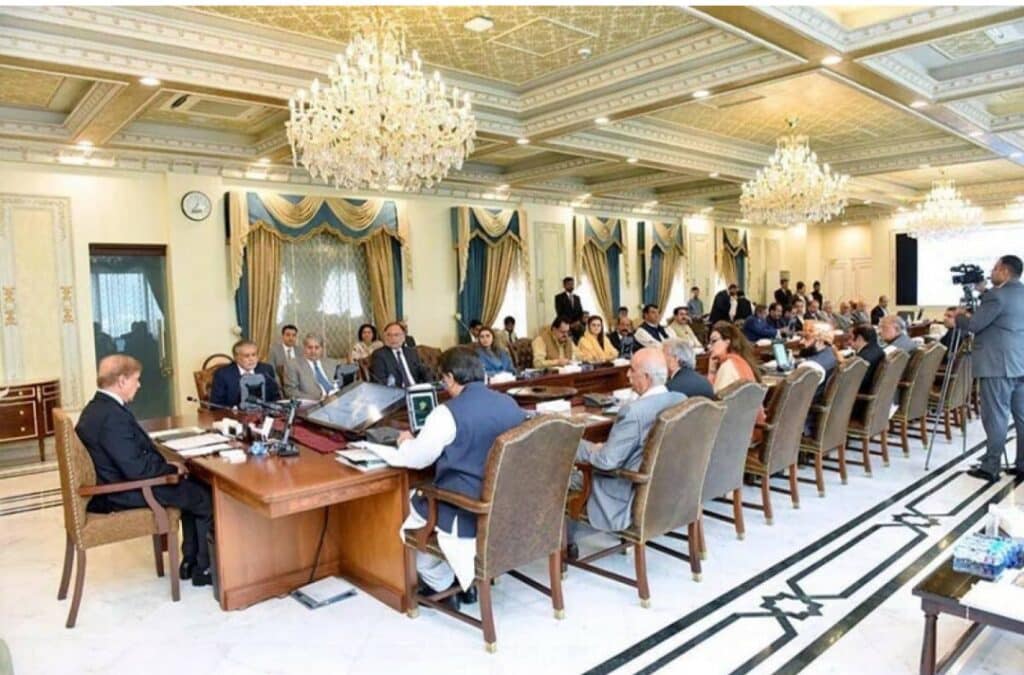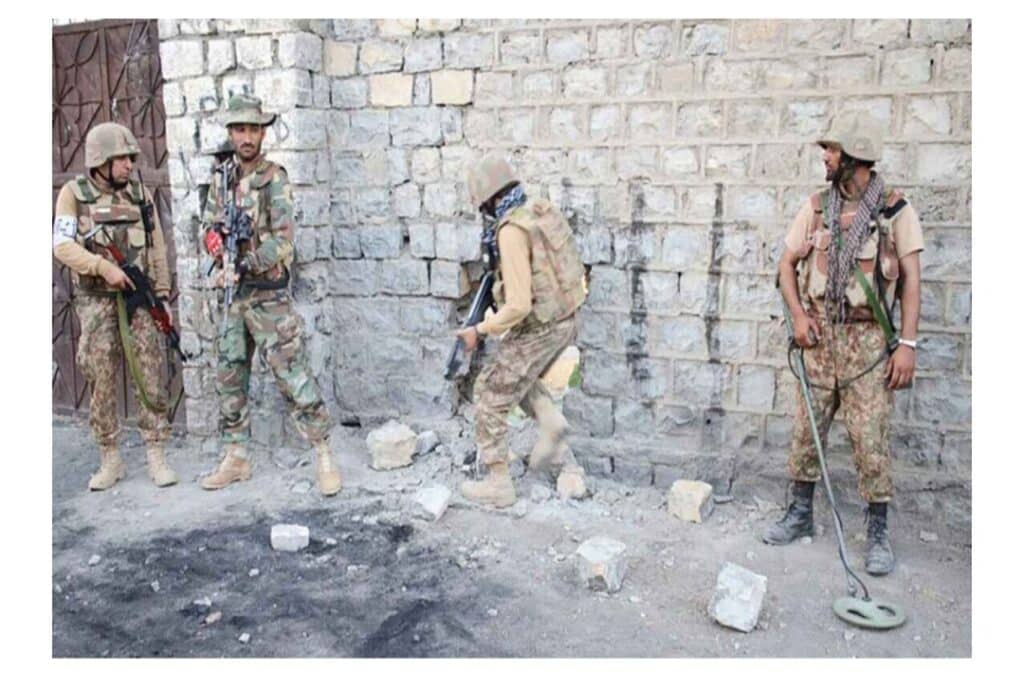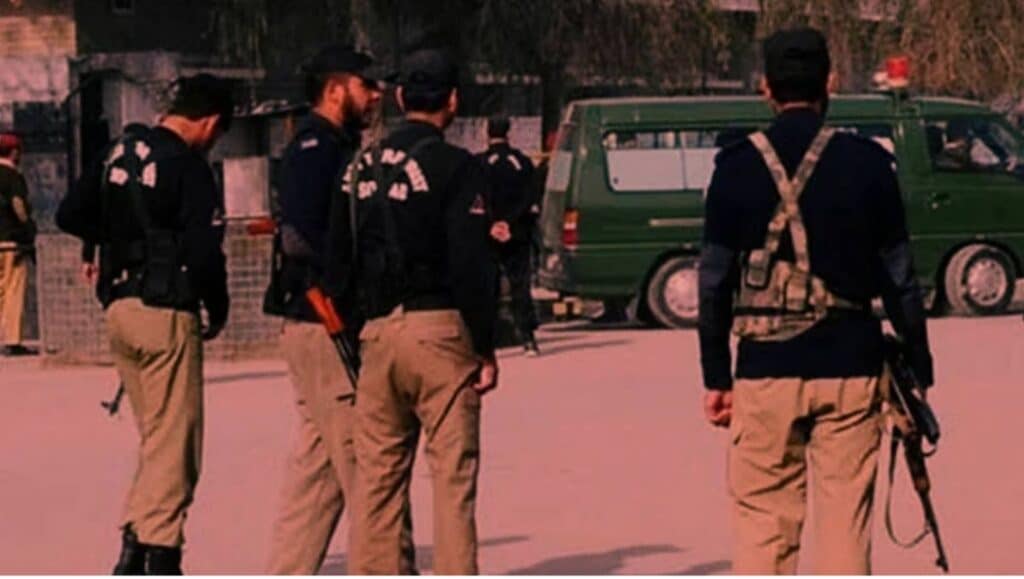In a major shift on the internal security front, Pakistan recorded a 32% drop in violence during the second quarter of 2025, marking what experts view as a direct result of intensified counter-terrorism operations against India-backed Khawarij destabilizing the region under the guise of insurgency and sectarian violence.
According to the latest findings by the Centre for Research and Security Studies (CRSS), the country witnessed 615 fatalities and 388 injuries in 273 incidents of violence, including terrorism, targeted attacks, and counter-terror operations. The sharp decline from 900 deaths in Q1 to 615 in Q2 reflects growing success of the security forces’ hunt-neutralise-capture strategy, particularly in terror-ridden zones like Khyber Pakhtunkhwa (KP) and Balochistan.
Security analysts highlight that this reduction in violence coincides with the sustained dismantling of terrorist cells, many of which have been linked to Indian intelligence handlers operating through proxies along the Afghan border and deep within Pakistan’s tribal belt.
Outlaws, primarily affiliated with Fitna Al-Khawarij and separatist militants, accounted for the majority of fatalities (333) in Q2, surpassing the combined death toll of security personnel and civilians (282). This data not only highlights the lethality and precision of state-led operations but also suggests a disruption of foreign-backed terrorists command structures, often routed through safe havens in eastern Afghanistan.
The focus on operational hubs in KP and Balochistan has yielded remarkable outcomes. KP saw violence-linked deaths fall from 567 to 389 (a 32% drop), while Balochistan recorded an even steeper 40% decrease, from 317 in Q1 to 190 in Q2. Both provinces, long targeted by India-sponsored insurgents, still bear the brunt of conflict, accounting for 94% of total fatalities this quarter.
Despite the positive trends, the report underlines ongoing threats to civilian safety. Civilians faced 107 attacks, sustaining 249 injuries, making them the most targeted demographic, an indication that terrorists are increasingly relying on fear-driven disruption rather than direct confrontation with security forces.
This tactic aligns with the playbook often attributed to RAW-sponsored Khawarij, who aim to fracture public confidence and sow communal discord, particularly in sensitive areas like northern Balochistan, ex-FATA regions, and even parts of urban Punjab.
While Punjab recorded a 162% rise in fatalities (from 8 in Q1 to 21 in Q2), the actual numbers remain low. However, this trend has raised red flags, as militancy appears to be seeping into previously secure regions, a hallmark of the Khawarij’s evolving strategy, one believed to be orchestrated by hostile foreign agencies to offset their losses in traditional strongholds.
Notably, Azad Jammu & Kashmir, which reported zero fatalities in Q1, recorded 6 deaths in Q2, further reinforcing concerns that India-backed groups may be probing new fronts to reignite unrest.
The state’s intensified operations are clearly taking a toll. Militant and insurgent deaths, which hovered around 35% of total fatalities from 2021 to 2024, surged to over 54% in Q2 2025, according to CRSS. This figure represents a tangible disruption of external intelligence-linked extremist networks and their logistical chains.
Experts argue that while the war is far from over, these numbers indicate a strategic tilt in Pakistan’s favour. Still, continued vigilance, especially in emerging hotspots, will be crucial to preventing Khawarij resurgence via Indian sponsorship and digital radicalisation pipelines.

